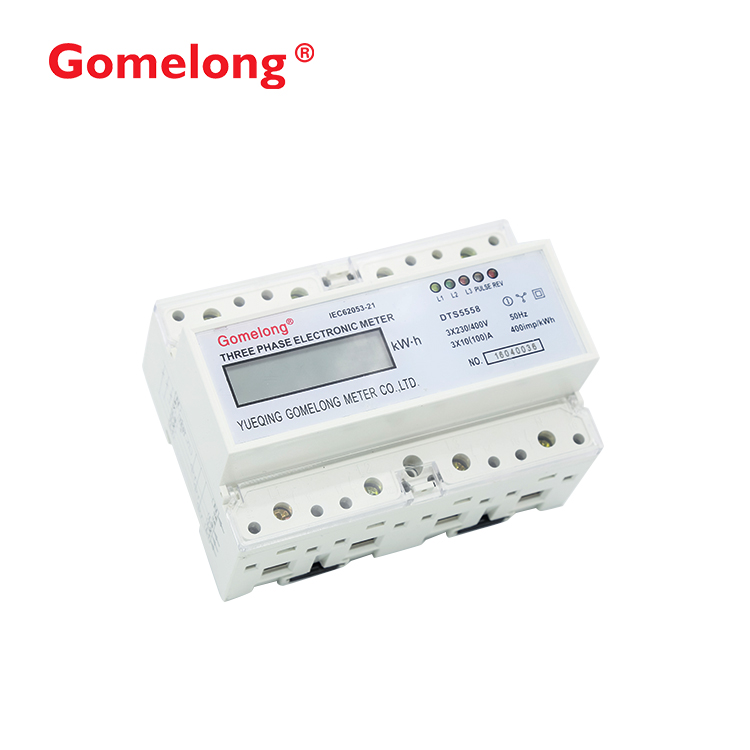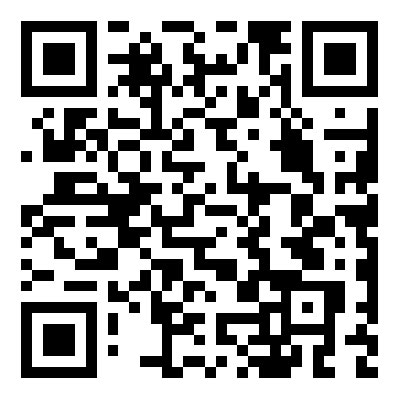Unveiling Insights: Analyzing the Wealth of Data from a 3 Phase Remote Smart Watt Meter
2023-11-15
Introduction:
The advent of smart metering technology has ushered in a new era of precision and insight into energy consumption. Among the notable innovations is the 3 Phase Remote Smart Watt Meter, a sophisticated device designed for industrial and commercial applications. In this blog, we delve into the multitude of data types that can be obtained and analyzed using a 3 Phase Remote Smart Watt Meter, unlocking a treasure trove of information for efficient energy management.
Real-Time Energy Consumption Data:
1. Instantaneous Power Usage:
- The smart meter provides real-time data on instantaneous power consumption, offering a granular view of the energy usage at any given moment.
2. Voltage Readings:
- Voltage measurements for each phase are captured, enabling users to monitor the stability and variations in the electrical supply.
3. Current Measurements:
- Current readings for each phase provide insights into the actual flow of electricity, helping to identify any imbalances or fluctuations.
4. Power Factor Information:
- The power factor, a measure of how effectively electrical power is converted into useful work output, is recorded to assess the efficiency of the electrical system.
Historical Data Logging and Trend Analysis:
1. Energy Consumption Patterns:
- The meter records historical data on energy consumption patterns, allowing for trend analysis. This information aids in identifying regular usage cycles and optimizing energy management strategies.
2. Load Profiling:
- Load profiling capabilities categorize energy usage patterns, assisting in the identification of peak usage periods and areas for potential energy-saving measures.
Billing and Tariff Information:
1. Total Energy Consumption:
- Cumulative data on total energy consumption is gathered, providing accurate information for billing purposes.
2. Multi-Tariff Support:
- Some smart meters support multi-tariff configurations, allowing for flexible billing structures based on different time periods. This encourages users to shift energy-intensive activities to off-peak hours.
Environmental Impact Monitoring:
1. Carbon Footprint Assessment:
- Advanced smart meters may include features to assess the environmental impact of energy consumption, providing users with insights into their carbon footprint.
Power Quality Parameters:
1. Harmonic Distortion:
- Harmonic distortion levels are measured to assess the quality of the power supply. High harmonic distortion can indicate issues that may affect the efficiency of connected equipment.
2. Frequency Variation:
- Monitoring variations in frequency helps ensure that the power supply remains within the acceptable range, preventing potential issues with connected devices.
Remote Monitoring and Control Data:
1. Real-Time Remote Monitoring:
- The ability to access real-time data remotely allows users to monitor energy consumption and system parameters from anywhere with an internet connection.
2. Event and Alarm Notifications:
- Smart meters can generate event and alarm notifications, alerting users to abnormal energy consumption, voltage fluctuations, or other predefined events.
Load Balancing Information:
1. Phase Load Distribution:
- The smart meter provides data on the distribution of electrical loads across different phases, enabling users to ensure a balanced load and optimize system efficiency.
Power Quality Events:
1. Voltage Sags and Surges:
- The meter can detect voltage sags and surges, providing valuable information on power quality events that may impact connected equipment.
Security and Tamper Detection:
1. Tamper Alerts:
- Smart meters with tamper detection features can generate alerts in the event of unauthorized access or physical tampering attempts.
Conclusion:
The 3 Phase Remote Smart Watt Meter serves as a comprehensive tool, capturing and delivering a diverse array of data types. From real-time energy consumption metrics to historical patterns, power quality parameters, and environmental impact assessments, the information provided by these meters is invaluable for making informed decisions, optimizing energy usage, and ensuring the reliability of the electrical system. As industries and businesses continue to embrace smart metering solutions, the 3 Phase Remote Smart Watt Meter stands as a beacon of data-driven efficiency in the realm of energy management.



